Automotive is now the convergence of everything
We move. Constantly. Inter-state, intra-city and suburban. The car is being replaced by the concept of mobility and is slowly impacting every part of our lives: How we spend our time, our work efficiency, how we communicate, spend our money and where we live. Driverless cars are everywhere in the news. Electric vehicles also. Smart cities are getting some serious under-the-radar funding from car makers, infrastructure providers and government.
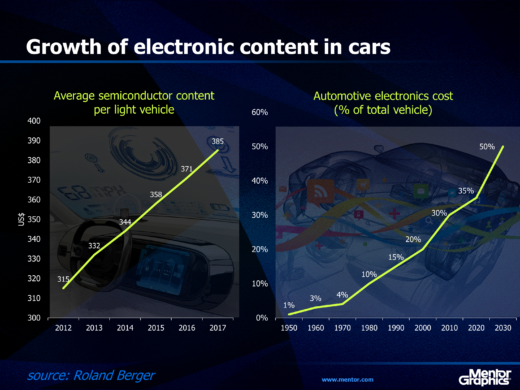
Computer companies are making cars. Car makers are building more silicon and software into their cars than any consumer or internet of things (IoT) company. Telecoms are watching. Cloud infrastructure, big data analytics, artificial intelligence & deep learning are now legitimate automotive technologies. Cars can park and unpark using your wearable. Biometric monitoring and computer vision cameras keep track of driver behavior. And someone stores the data. Connected cars generate around 25GB of data exhaust per hour. That’s about the same as a dozen high definition movies. Apps are being written for cars and future connected services value now being measured in the trillions of dollars.
All of this just to get us from A to B?
Not really.
Automotive is now truly the convergence of everything. The IoT exploded some years ago, and is burning out fast; I’d say IoT fatigue stems from supposed innovators sticking a Bluetooth connection on everything and seeing what sticks. And so far there’s a lot of insignificance (the connected thermostat posting on Facebook that you’re home, anyone?).
New mobility, on the other hand, will be significant. It will enable the older generation to stay mobile longer. It will take your kids to school, pick them up and deliver the weekly shop to your house. It will enable us to be more productive by reducing commute times. The Economist estimates that one shared vehicle will replace 15 owned vehicles, meaning significantly fewer cars on the road, but much higher utilization than the 10% or so utilization today with owned vehicles. It will free up our time for more productive work, or less work and more leisure. It will give us more disposable income to invest and spend elsewhere, offsetting the loss in revenue stream going towards car payments and insurance premiums.
New mobility means pay as you go, and once you get there you’re done. No more parking, therefore no more parking lots, freeing up swathes of prime real estate for urban work and living. As the global population trends towards 60% living in megacities, new mobility will be a catalyst.
So why will this happen, when IoT hasn’t ?
The convergence of everything automotive can be broken down to three main drivers: consumer demand, driverless cars and electric vehicles. All are converging at the same time and together make a perfect technology focal point of new mobility.
Consumers want to buy mobility rather than buy a car for the reasons outlined above. And car companies are very good at developing zero defect, functionally safe electrical and electronic systems and staying ahead of the complexity (up to 100M lines of software, and 150 microprocessors in high end cars today).
Mentor Graphics have been providing the system design tools and embedded software for all of this for more than 25 years, and continues to lead automotive innovation. But the industry needs standards, as happened for functional safety; the ISO 26262 standard for EE systems in safety critical functions being a high profile example. We need a standard for security, and autonomous drive. That will come quickly.
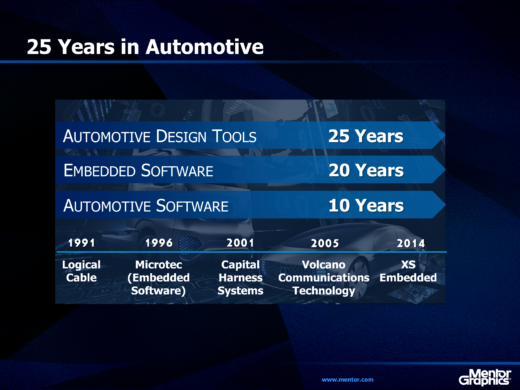
Autonomous or driverless cars are the second main driver, so to speak, and the technology is evolving faster than we, the drivers, are. How to keep the driver engaged and able to re-engage when required is the biggest challenge we face today. Data tells us human error causes 90% of road traffic accidents, so getting the driver out of the way as quickly as possible saves lives. But as we have seen with recent events, driver-assisted cars are not able to get us to zero accidents immediately. They need to learn using AI, and as the software algorithms are refined we will move closer to the zero accident ultimate goal. But the technology is evolving fast and standards will help.
Finally electric mobility. Clean energy, zero emissions and sustainable transport are opening up all kinds of new design possibilities. Downtown robot-scooters, stacked-parking and multiple vehicle types for consumer choice among combinations of cost, comfort and functionality. Consumer pull converges with technology here also, with millennials concern for the environment.
So the convergence of everything in automotive is happening. We are already sufficiently invested to ensure that. Carmakers, tier 1 suppliers, tier 1.5 suppliers, new industry entrants and infrastructure providers all are figuring out how to engineer it. New design tools and methodologies are needed to bring to production new vehicles that are functionally safe, secure and economically viable. Today’s front-end and component design methods are moving towards front-to-end platform design and systems engineering, ultimately providing complete vehicle solutions. In other words, the innovation at the heart of this convergence requires innovation in design and manufacture further upstream.
Forget the car. It’s gone, technologically speaking. The car our parents drove when we were kids is closer to a 19th-century horse and cart than it is to mobility today and tomorrow. Our role is to define how the technology comes together, how we systems-engineer it, and of course what we do with the extra time, money and connectivity that it ultimately brings.
Read my last post, “Automotive Digitalization and the Customer Relationship,” here.
Comments
Leave a Reply
You must be logged in to post a comment.
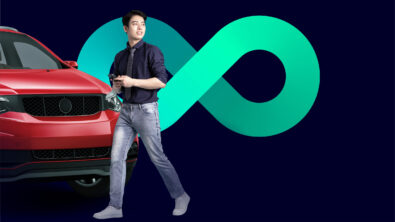
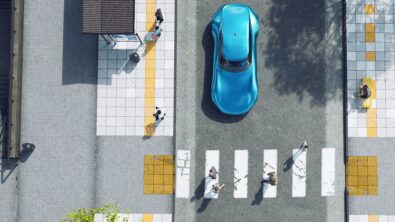
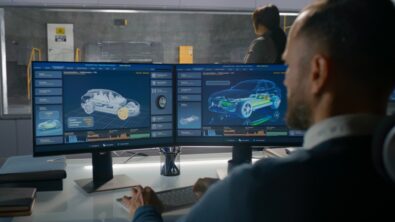
Very interesting topic.ive recently join this forum to get more knowledge and insight. I am in Southern Africa and the driverless car you mentioned intrigues me. With regard to the comments on data showing that 90% of accidents are are caused by drivers. in which part of the world was this? and since Southern Africa has a total of 2 million Taxis buses carrying +/- 12 occupants daily, Taxis owners; the public and government could really see an opportunity here to curb the daily carnage these taxis cause. Any ideas on this problem? Secondly I don’t understand your comment ….”New mobility means pay as you go, and once you get there you’re done. No more parking, therefore no more parking lots, freeing up swathes of prime real estate for urban work and living. As the global population trends towards 60% living in megacities, new mobility will be a catalyst.
So why will this happen, when IoT hasn’t ?”…..please explain.Thanks
.”New mobility means pay as you go, and once you get there you’re done. No more parking, therefore no more parking lots, freeing up swathes of prime real estate for urban work and living. As the global population trends towards 60% living in megacities, new mobility will be a catalyst.”
I believe what Andy meant in this statement is that in the future people will not end up owning cars. What will happen is that cars will be around for use, but you will need to pay for that usage (somewhat like a Taxi). This means once you are where you intended to be, there is no worry about finding or paying for parking, this in return will free up parking lots that don’t need to be built.